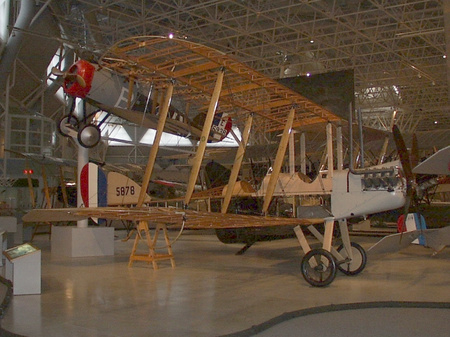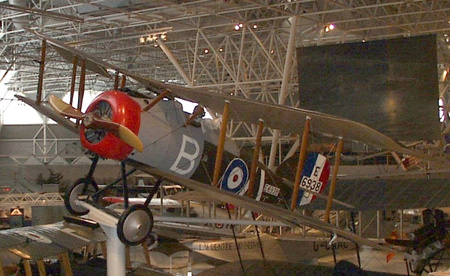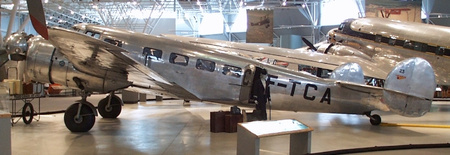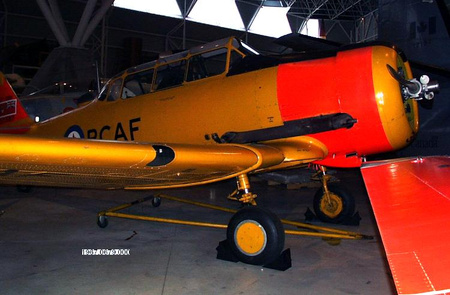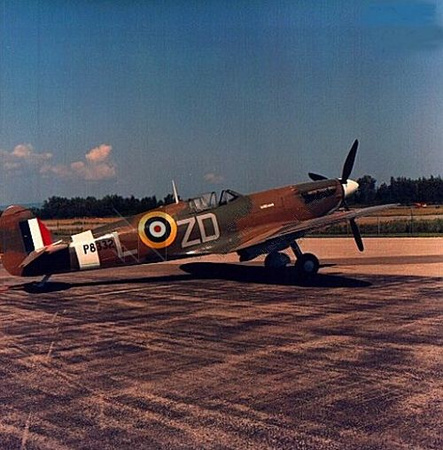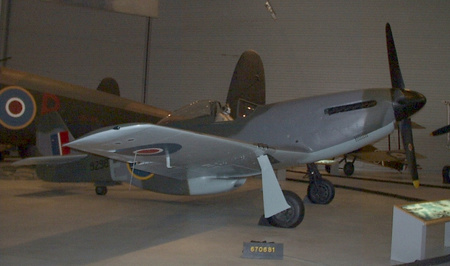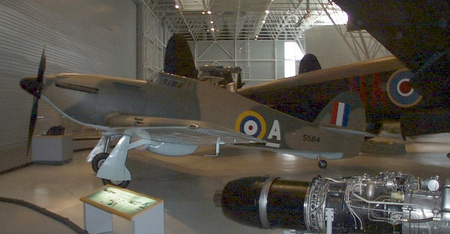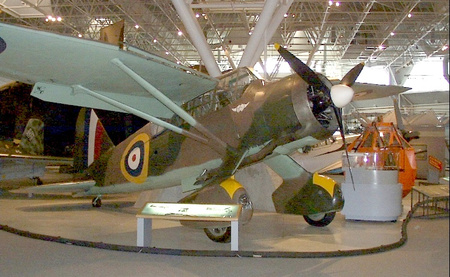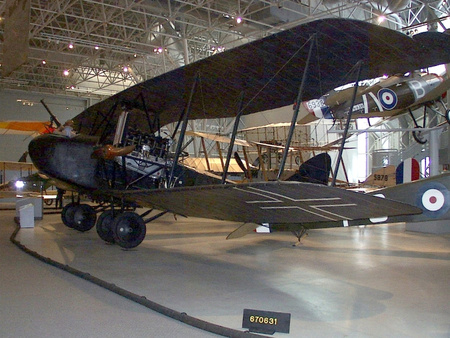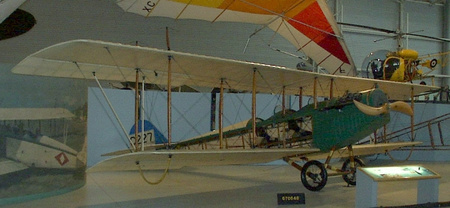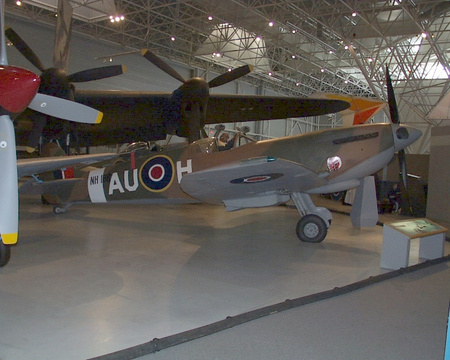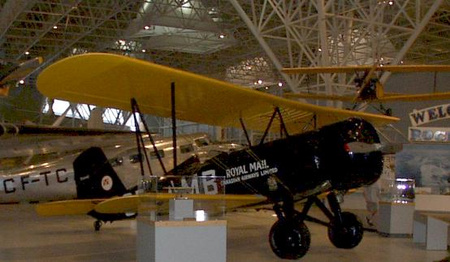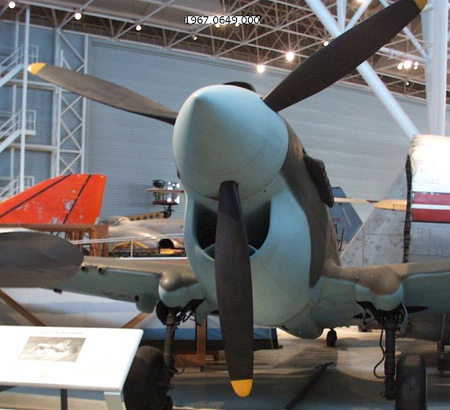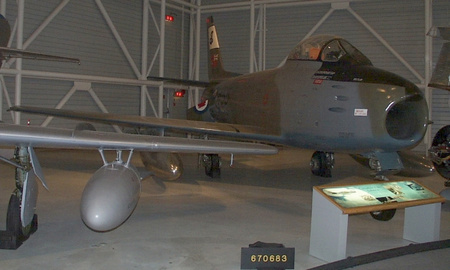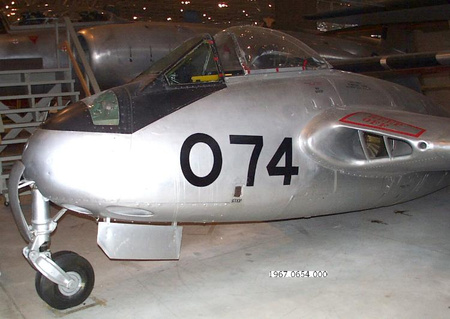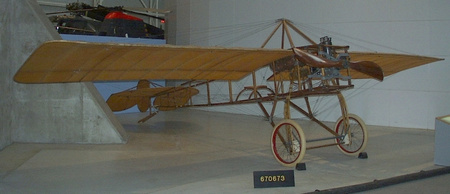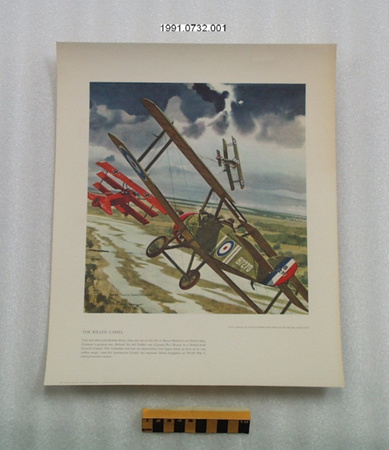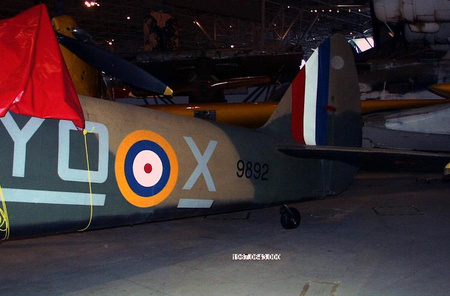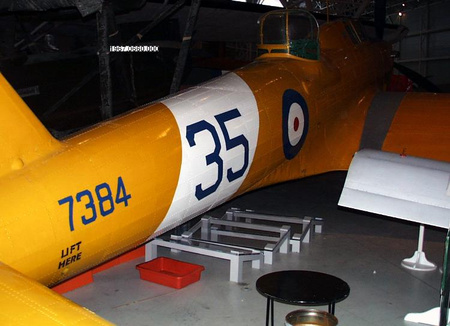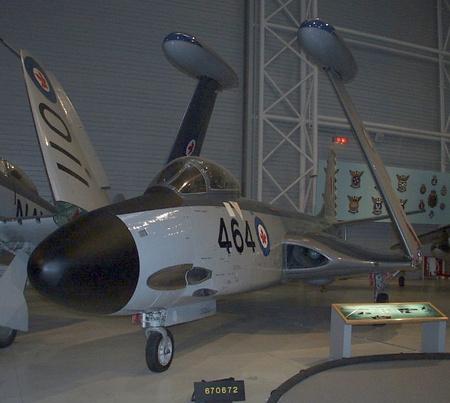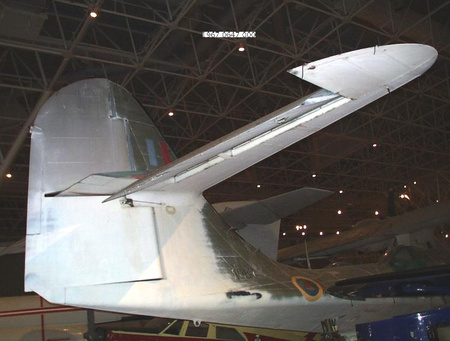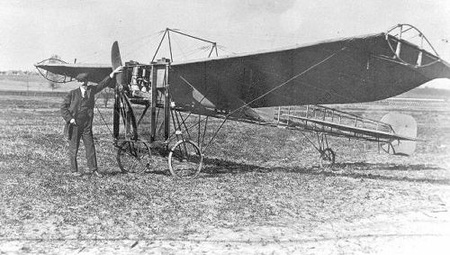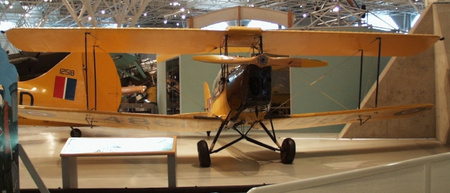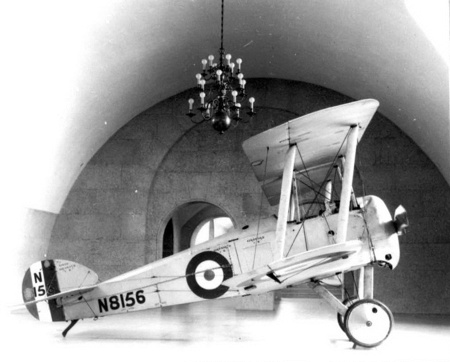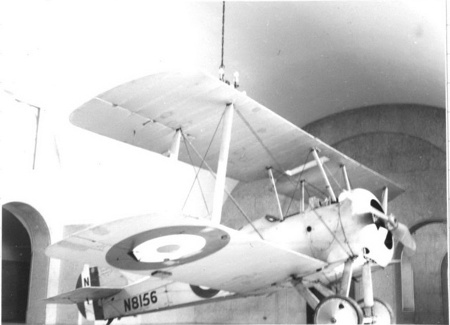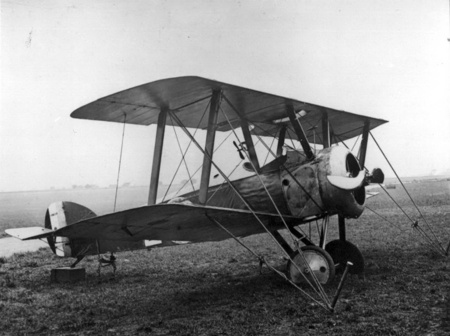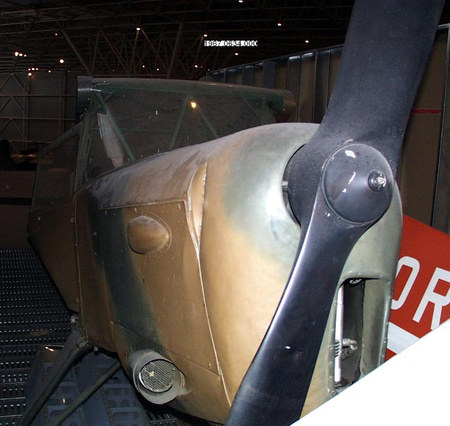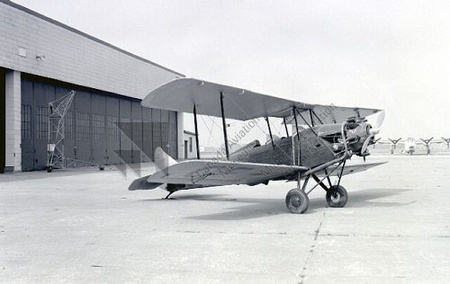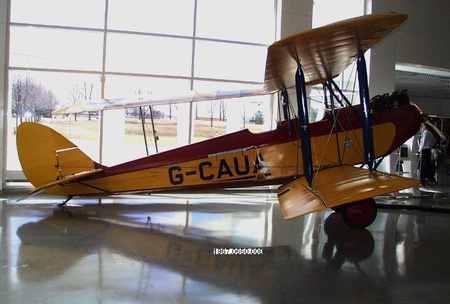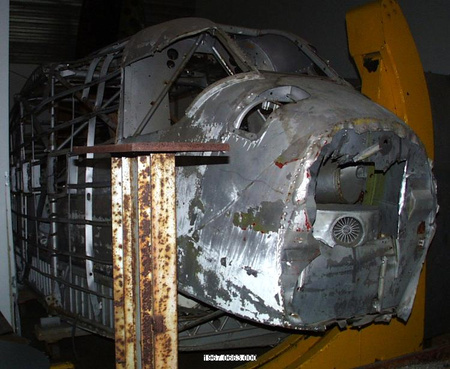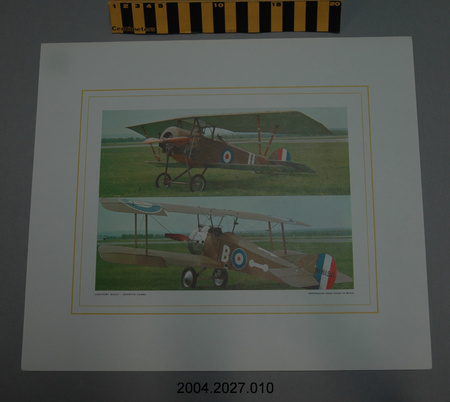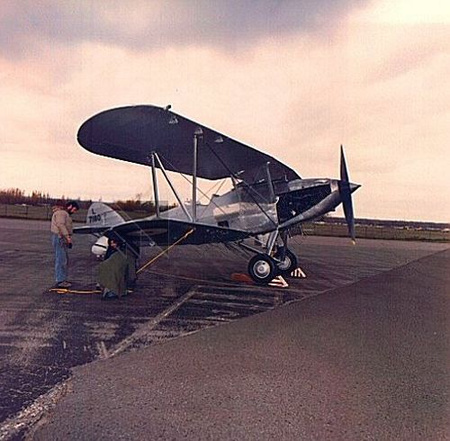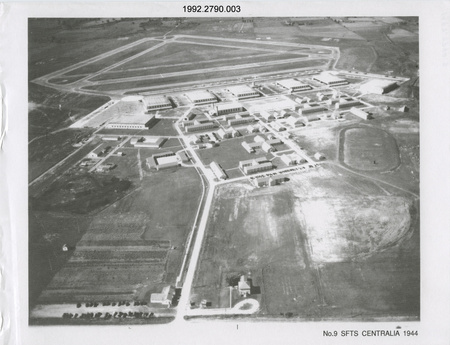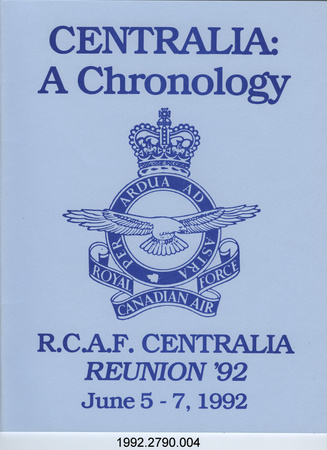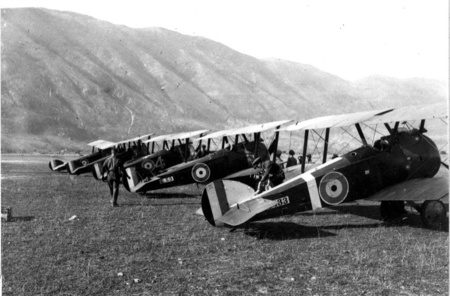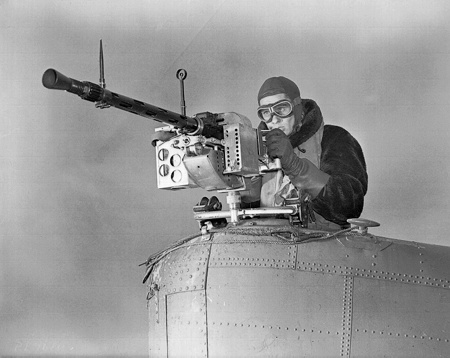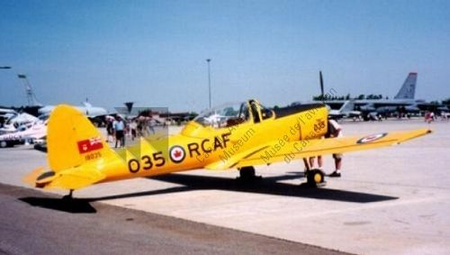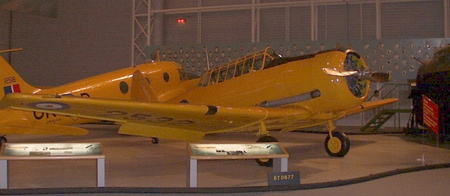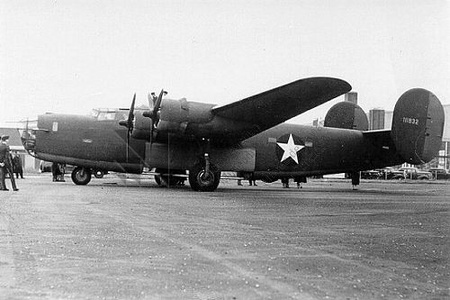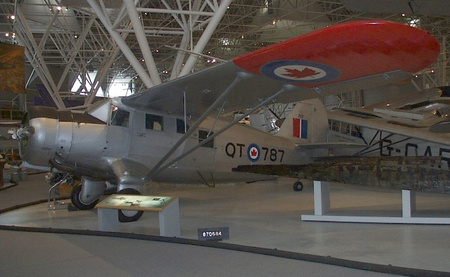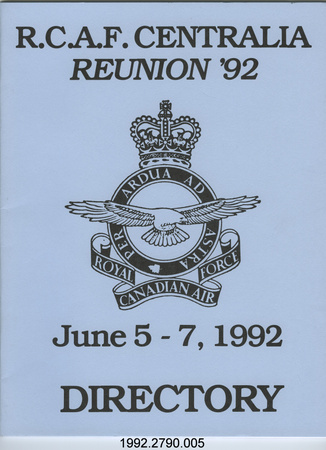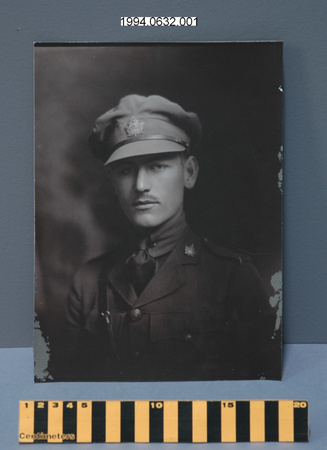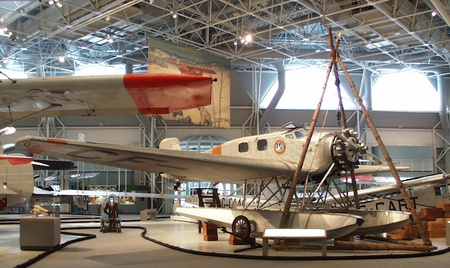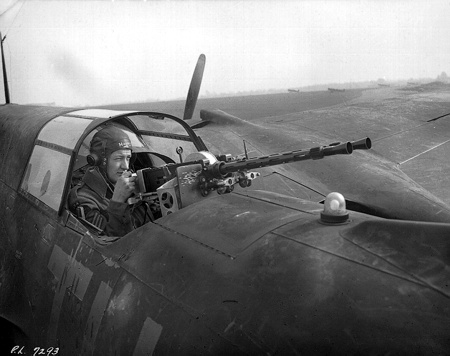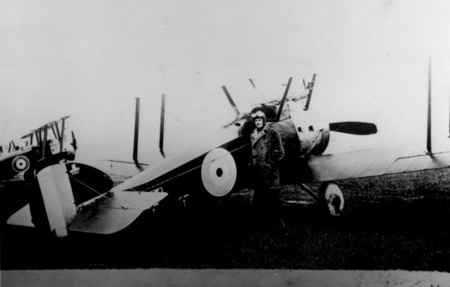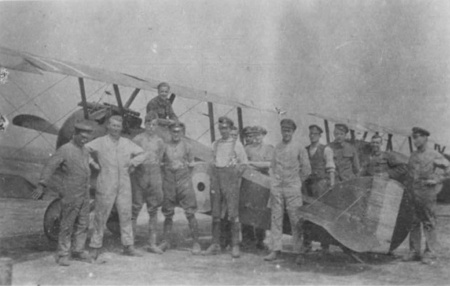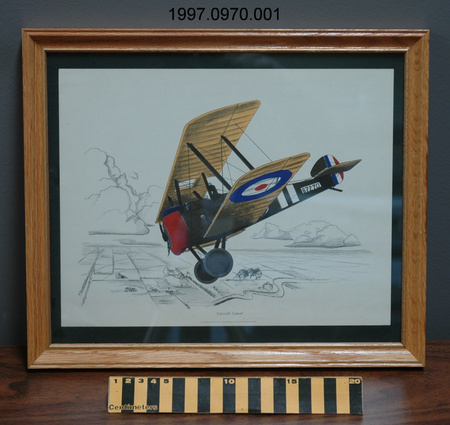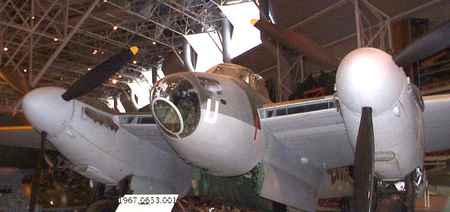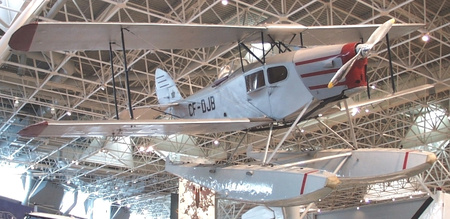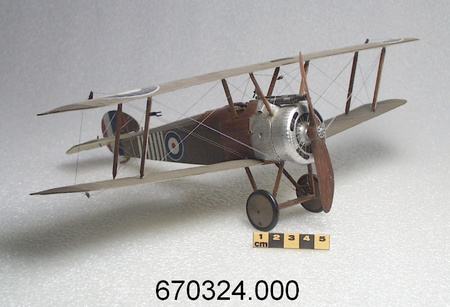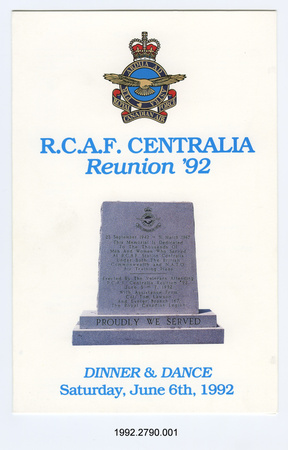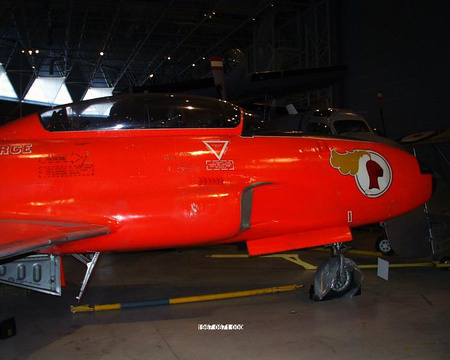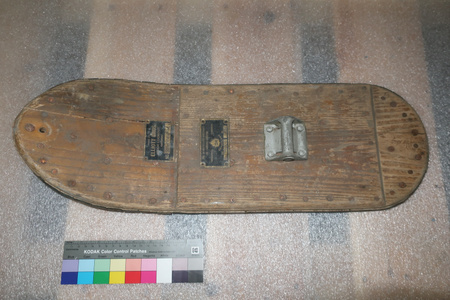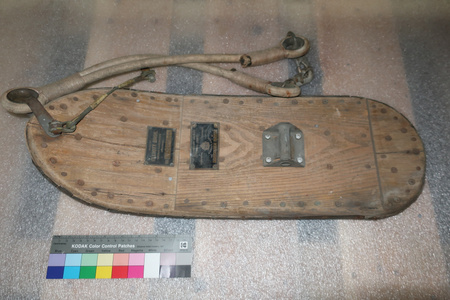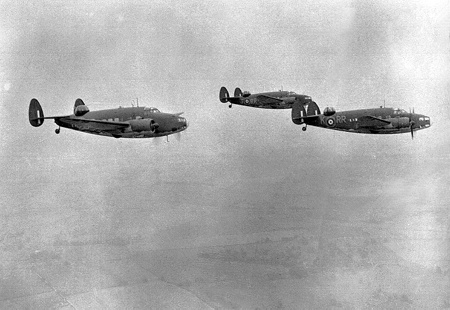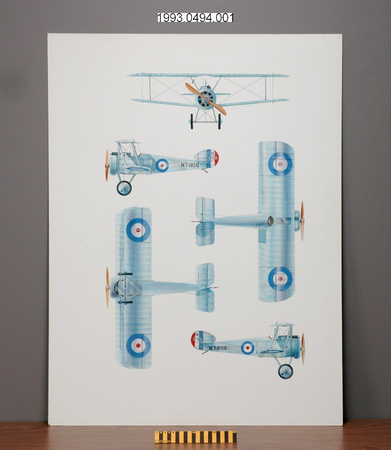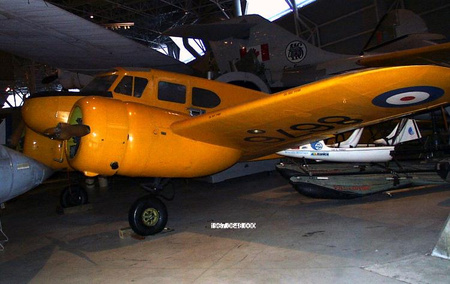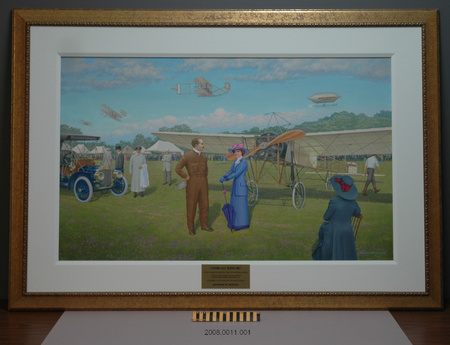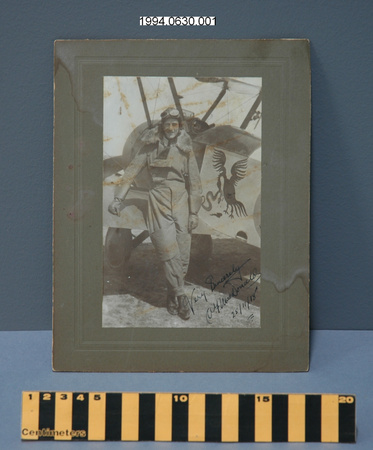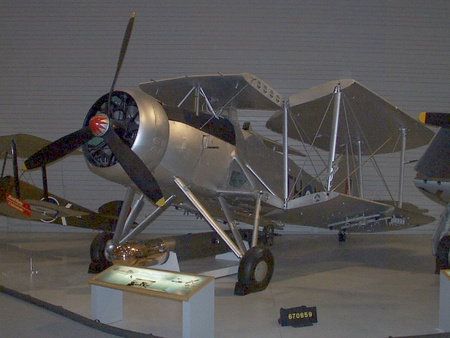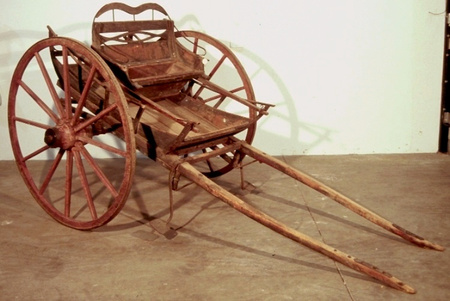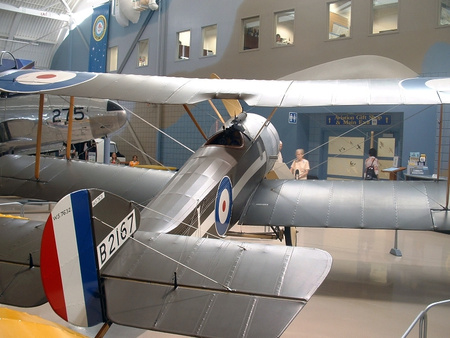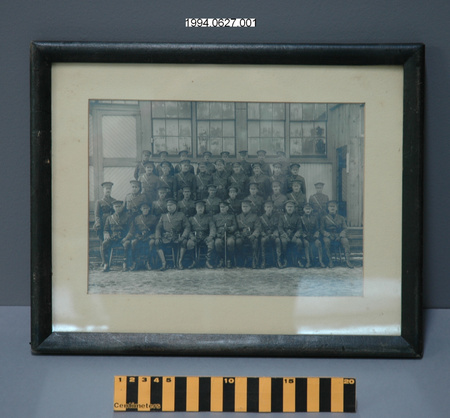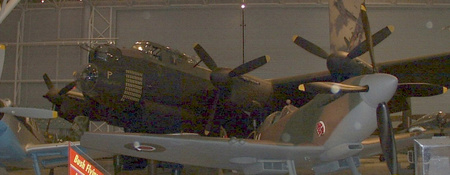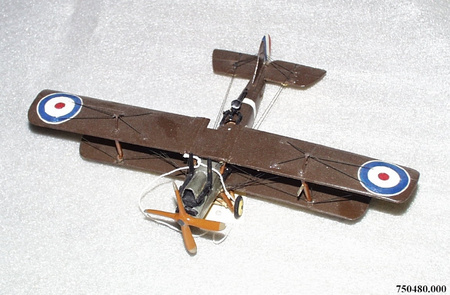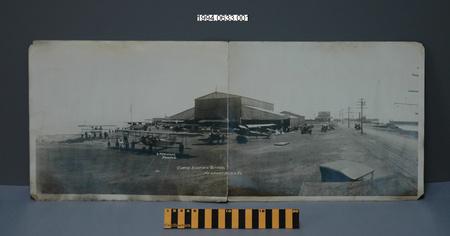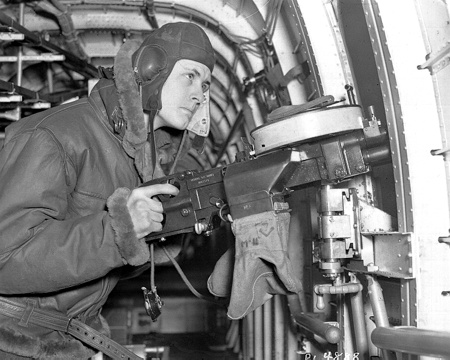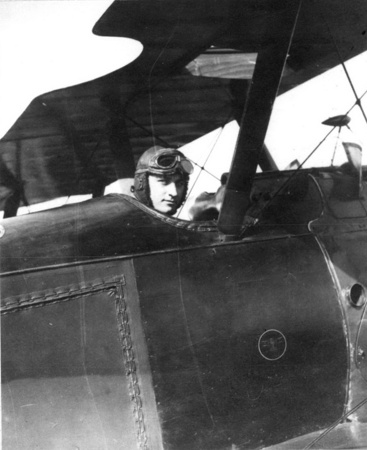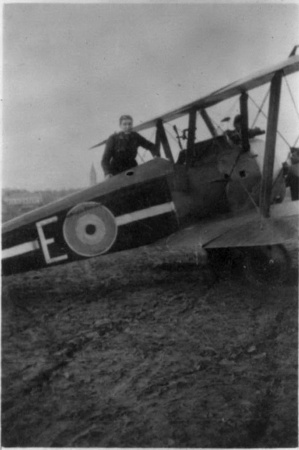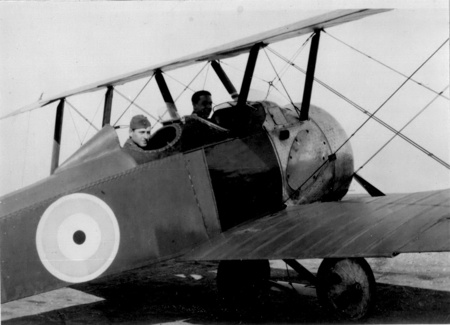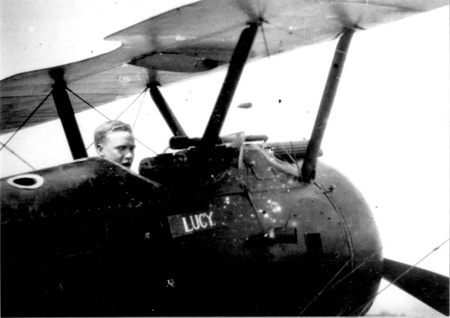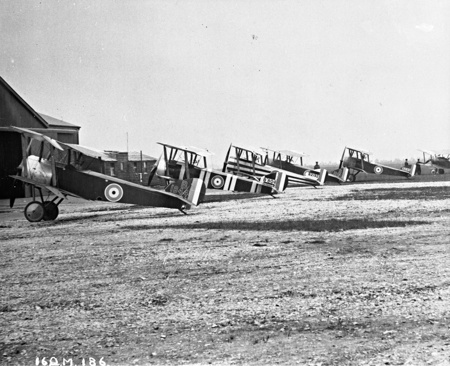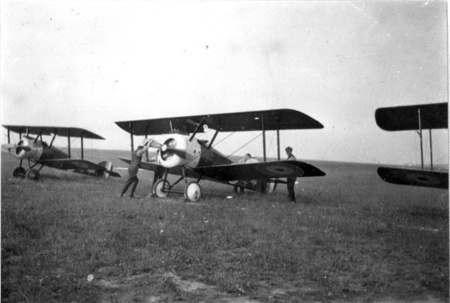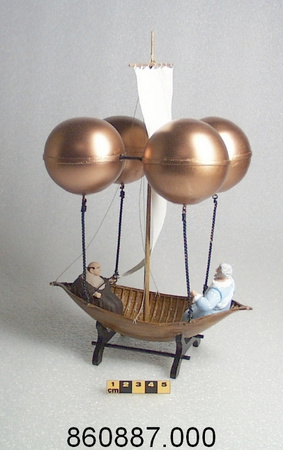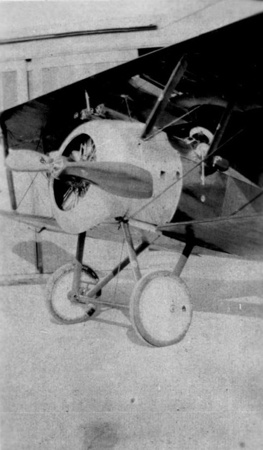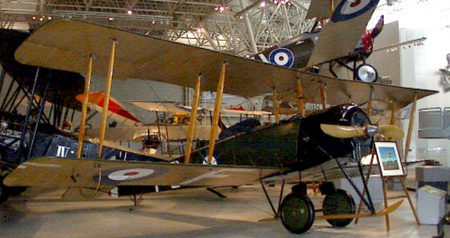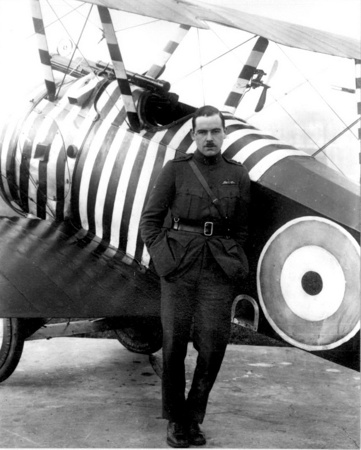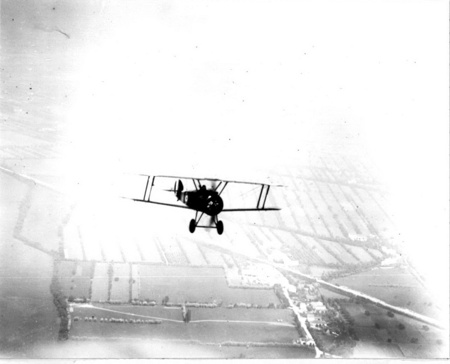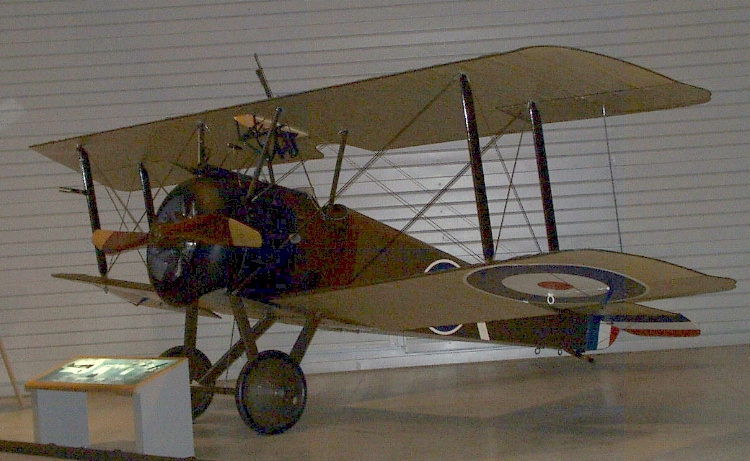Avion
Utiliser cette image
Puis-je réutiliser cette image sans autorisation? Oui
Les images sur le portail de la collection d’Ingenium ont la licence Creative Commons suivante :
Copyright Ingenium / CC BY-NC-ND (Attribution-NonCommercial 4.0 International (CC BY-NC 4.0)
ATTRIBUER CETTE IMAGE
Ingenium,
1967.0692.001
Permalien:
Ingenium diffuse cette image sous le cadre de licence Creative Commons et encourage son téléchargement et sa réutilisation à des fins non commerciales. Veuillez mentionner Ingenium et citer le numéro de l’artefact.
TÉLÉCHARGER L’IMAGEACHETER CETTE IMAGE
Cette image peut être utilisée gratuitement pour des fins non commerciales.
Pour un usage commercial, veuillez consulter nos frais de reproduction et communiquer avec nous pour acheter l’image.
- TYPE D’OBJET
- S/O
- DATE
- 1929
- NUMÉRO DE L’ARTEFACT
- 1967.0692.001
- FABRICANT
- Hooper & Co.
- MODÈLE
- Sopwith Camel 2F.1
- EMPLACEMENT
- England
Plus d’information
Renseignements généraux
- Nº de série
- S/O
- Nº de partie
- 1
- Nombre total de parties
- 1
- Ou
- S/O
- Brevets
- S/O
- Description générale
- Inconnu
Dimensions
Remarque : Cette information reflète la taille générale pour l’entreposage et ne représente pas nécessairement les véritables dimensions de l’objet.
- Longueur
- S/O
- Largeur
- S/O
- Hauteur
- S/O
- Épaisseur
- S/O
- Poids
- S/O
- Diamètre
- S/O
- Volume
- S/O
Lexique
- Groupe
- Aviation
- Catégorie
- Aéronefs
- Sous-catégorie
- S/O
Fabricant
- Ou
- Hooper
- Pays
- England
- État/province
- Inconnu
- Ville
- Inconnu
Contexte
- Pays
- Inconnu
- État/province
- Inconnu
- Période
- The Museum specimen was built in late 1918 and did not serve in First World War. It was purchased by the RCAF in 1924 and used for demonstration flights and as a training airframe. It was loaned to the Canadian War Museum in 1957 then stored and displayed at National Research Centre, Ottawa. It underwent RCAF restoration in 1958–59 and an additional restoration to flying condition in 1966–67. Flown during May and June 1967, it has since remained on display.
- Canada
-
Inconnu - Fonction
-
Inconnu - Technique
-
The Sopwith F.1 Camel was developed to replace the Sopwith Pup. Camels began to enter the Royal Flying Corps and the Royal Naval Air Service in the middle of 1917 and met with immediate success. Although mainly used in western Europe, Camels also served in Italy. Some Camels were assigned to home defence, with the cockpit positioned further back and guns placed on the upper wings. The 2F.1 Camel was produced for the RNAS with more powerful engines and modified armament. A total of 5 490 Camels were built. The name "Camel" was derived from the hump-shaped cover over the machine guns. In order to combat Zeppelins, 2F.1 Camels were flown from barges towed behind destroyers, from platforms on the gun turrets of larger ships as well as from early aircraft carriers. A 2F.1 successfully flew after being dropped from an airship, an experiment testing an airship's ability to carry its own defensive aircraft. An armoured trench-fighting version was flown, but did not go into production. A Canadian pilot, Major W.G. Barker, destroyed 41 enemy aircraft while flying Camels. - Notes sur la région
-
Inconnu
Détails
- Marques
- S/O
- Manque
- From CA of 02/05/1999 by Mike Irvin: Yes - no, missing plumbing in engine compartment, see eng. #701479.
- Fini
- Inconnu
- Décoration
- S/O
FAIRE RÉFÉRENCE À CET OBJET
Si vous souhaitez publier de l’information sur cet objet de collection, veuillez indiquer ce qui suit :
Hooper & Co., Avion, avant 1929, Numéro de l'artefact 1967.0692, Ingenium - Musées des sciences et de l'innovation du Canada, http://collection.ingenium.ca/fr/id/1967.0692.001/
RÉTROACTION
Envoyer une question ou un commentaire sur cet artefact.
Plus comme ceci
